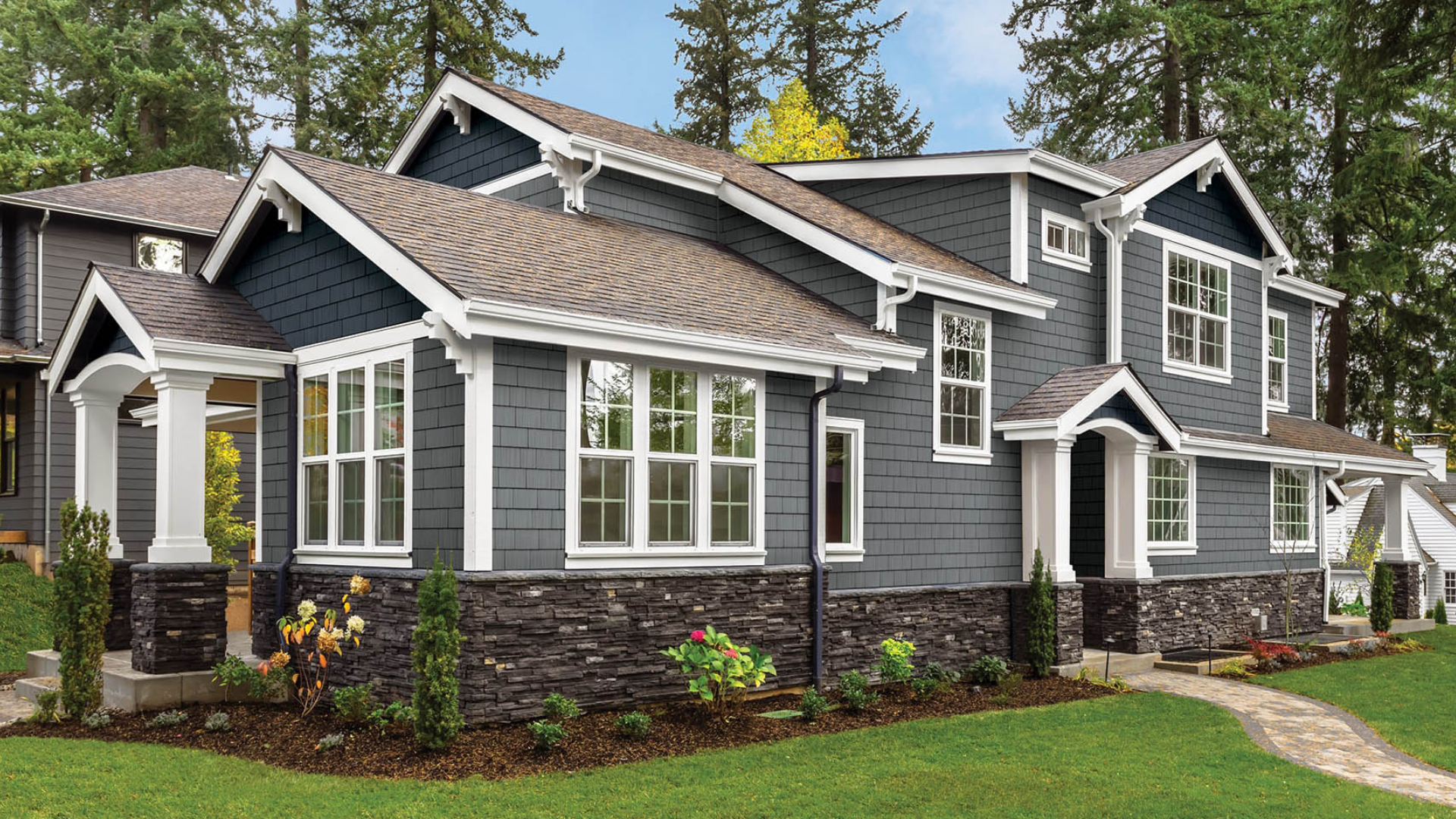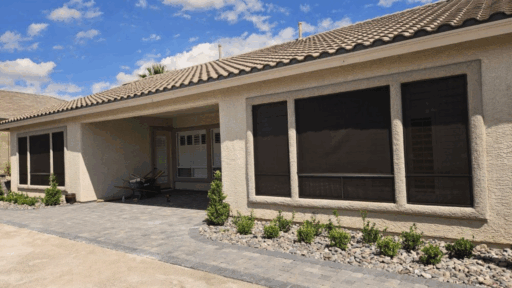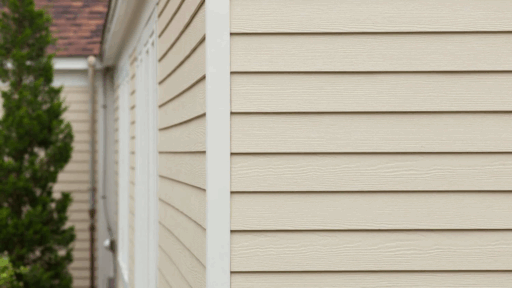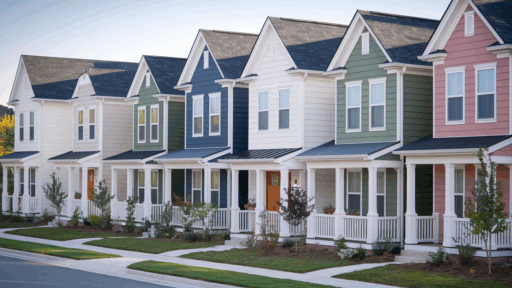Choosing the right vinyl siding can feel overwhelming – I’ve been there. When I started fixing up my own home, I thought all vinyl siding brands were basically the same.
But I quickly learned that’s not true. Some siding peels, warps, fades, or even falls apart just a few years after installation. And fixing that kind of damage isn’t cheap.
That’s why I took the time to research the worst vinyl siding brands out there. I looked at real homeowner reviews, product performance, and long-term results.
I’ve made a few costly mistakes myself, so I want to help you avoid the same ones.
If you’re searching for honest advice from someone who’s been through it, you’re in the right place. I’ll walk you through what to avoid and what to look for so you can choose siding that lasts and protects your home.
What Is Vinyl Siding?
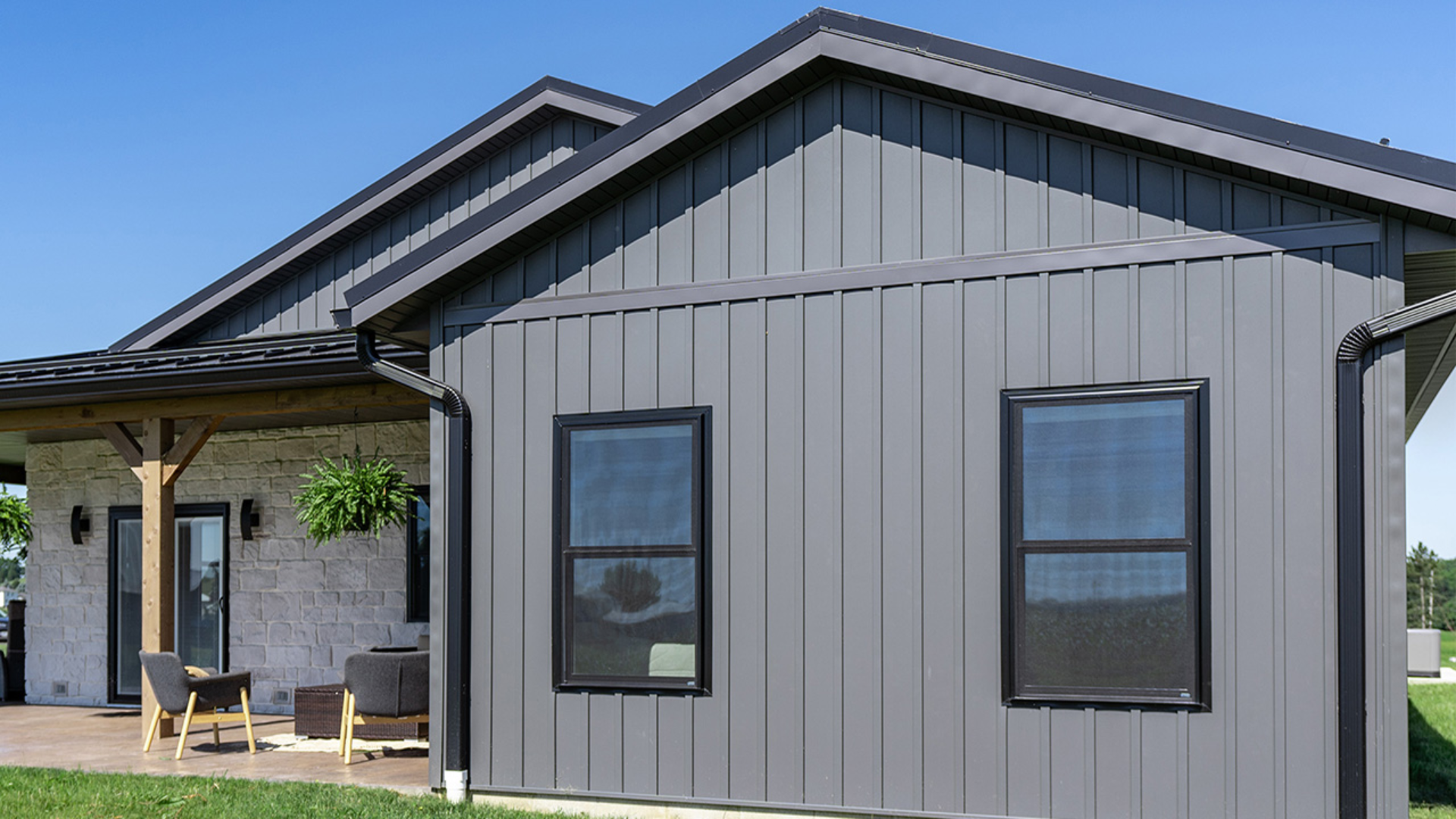
Vinyl siding is a type of plastic exterior cladding used to weatherproof and decorate the outside of residential homes. It’s made primarily from polyvinyl chloride (PVC) resin, often with added colorants and UV inhibitors to help resist fading.
Vinyl siding became popular in the mid-20th century as a low-maintenance alternative to traditional wood siding, and it remains one of the most widely used siding materials in the United States today.
It comes in a variety of styles, including horizontal panels, vertical panels, shakes, shingles, and scallops.
Homeowners often choose vinyl siding because it’s cost-effective, resistant to pests and moisture, and doesn’t require painting.
However, not all vinyl siding is created equal. While high-quality vinyl can last for decades, low-quality brands can warp, crack, or fade in just a few years, which is exactly why knowing what to avoid matters.
Why Vinyl Siding Fails: Common Problems
Not all vinyl siding is made to last. Poor-quality brands often cut corners on materials and design, leading to performance issues that show up sooner than you’d expect.
- Lack of UV Resistance: Without proper UV inhibitors, vinyl siding fades quickly in the sun, leaving your home looking worn out and uneven in color.
- Warping in Heat or Cold: Temperature swings cause low-grade siding to expand or contract too much, leading to visible warping, buckling, or gaps.
- Cheap Locking Systems: Flimsy interlocking mechanisms can’t hold panels securely in place, especially during strong winds or storms, causing them to loosen or fall off.
- Thin Material: Vinyl siding under .040 inches thick cracks easily from hail, bumps, or installation stress. Thicker materials last longer and resist damage better.
The Worst Vinyl Siding Brands to Avoid
Not all vinyl siding brands live up to their promises. Some perform poorly in real-life conditions, fade quickly, or suffer from weak construction and spotty warranties.
1. Georgia-Pacific Vinyl Siding
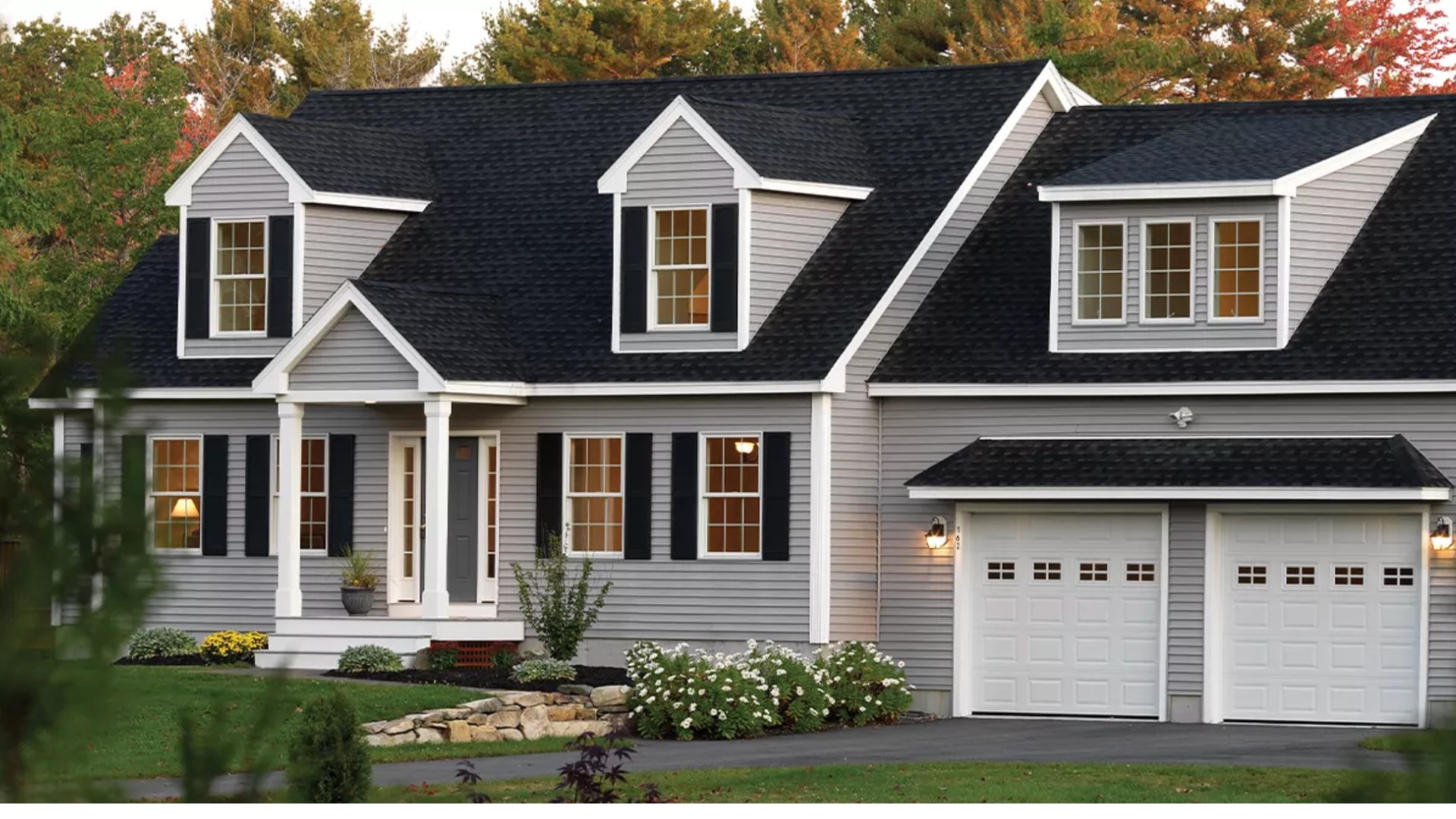
Some of Georgia-Pacific’s budget lines, like Compass and Vision Pro, struggle with fading, cracking, and general durability. Many homeowners report color loss within a few years and frustration with confusing warranties.
The thinner material is prone to brittleness, especially in colder climates. Unless you’re upgrading to their premium series, it’s best to skip these lower-tier options.
2. Mitten Vinyl Siding
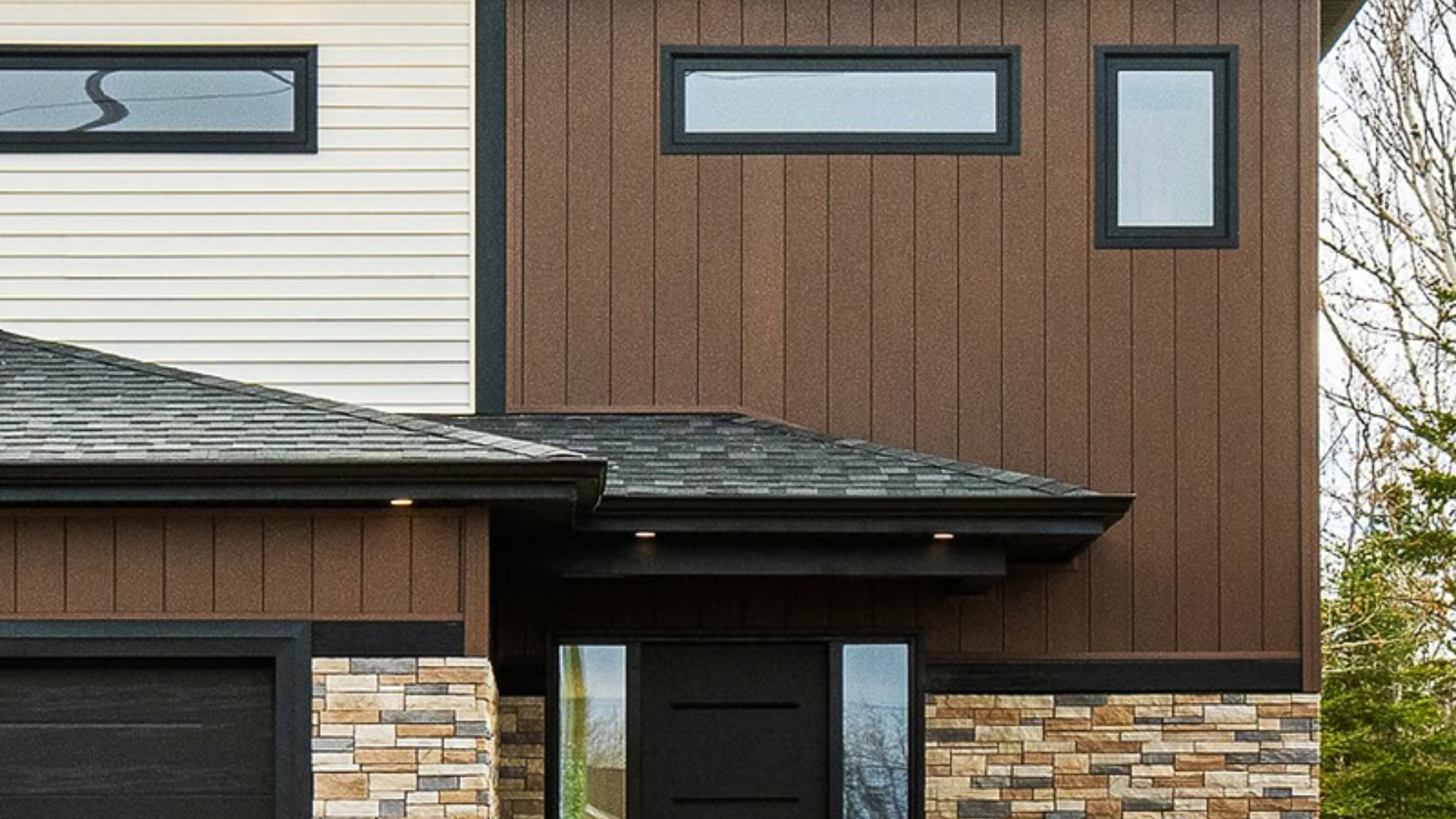
Mitten siding may work well in moderate climates, but certain lines like Oregon Pride and Highland don’t handle heat or wind. Common issues include warping in southern regions and panels blowing off during storms.
Color matching can also be a headache due to batch inconsistencies. While popular in Canada, it’s not a safe bet for extreme weather zones.
3. Ply Gem Vinyl Siding
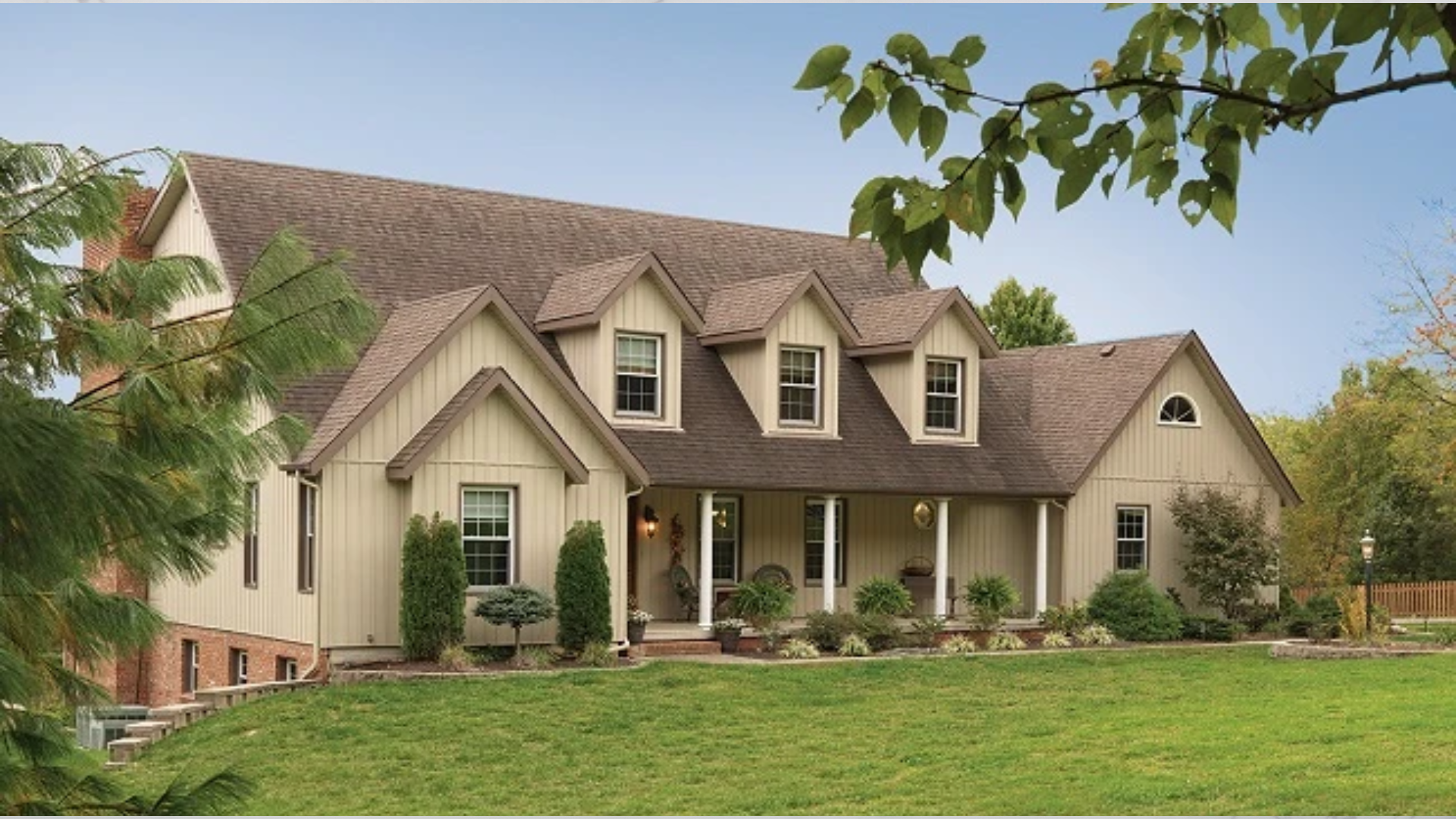
Ply Gem’s entry-level vinyl siding options often disappoint in quality. The material is typically very thin, around .038″, making it vulnerable to impact and weather damage.
Poor panel fit leads to visible seams and even buckling over time. Homeowners have reported cracking within just a few years. These lines may be affordable, but they aren’t built to last.
4. Cellwood Vinyl Siding
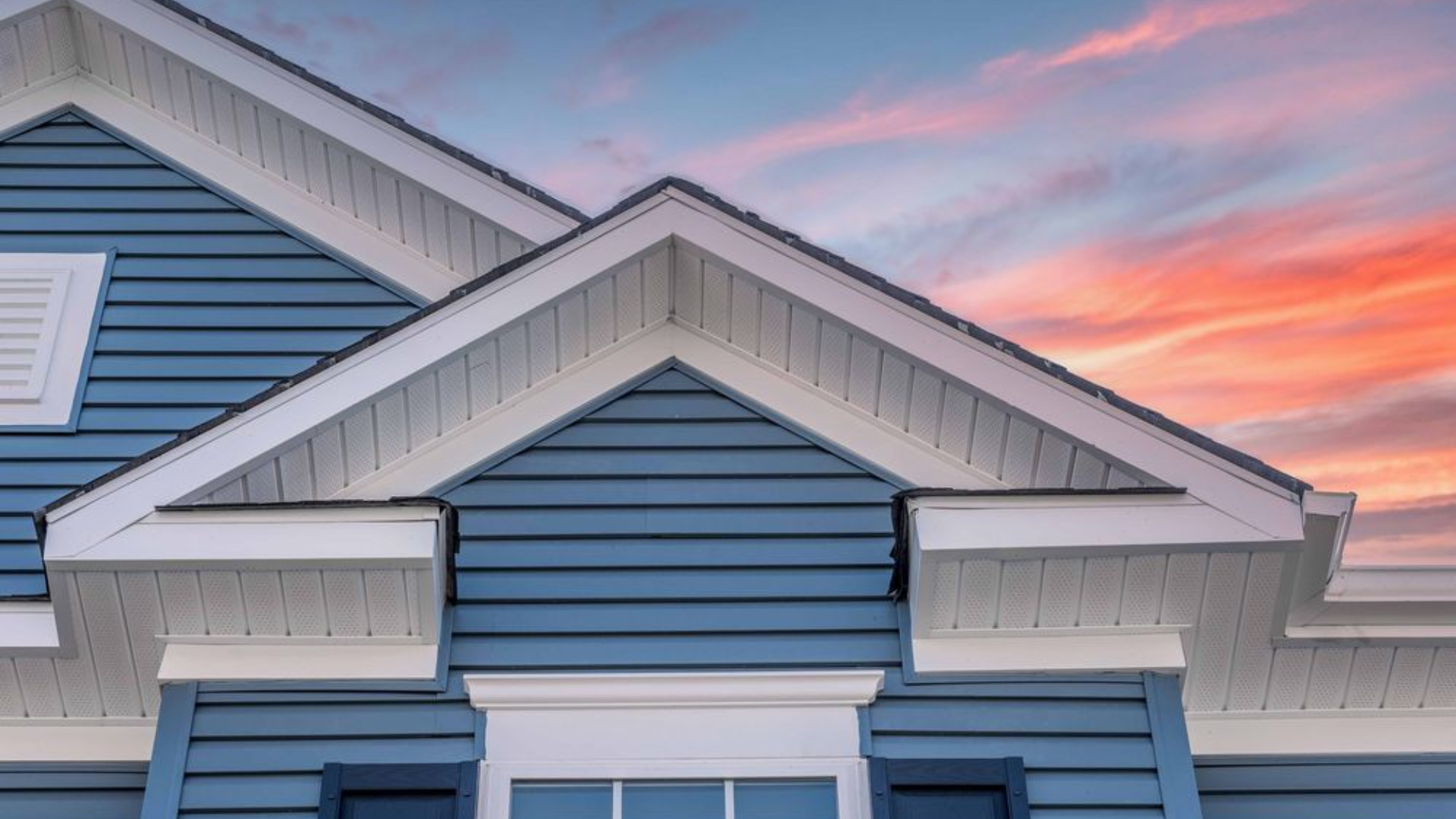
Cellwood siding is often found on shelves at Lowe’s, but its lower price comes with trade-offs. Users report rapid fading, cracking in colder temperatures, and loose panel fit.
Its weak nailing hem causes installation issues, and overall durability is a major concern. Even for tight budgets, better choices exist, especially if you want siding that holds up over time.
5. Royal Building Products
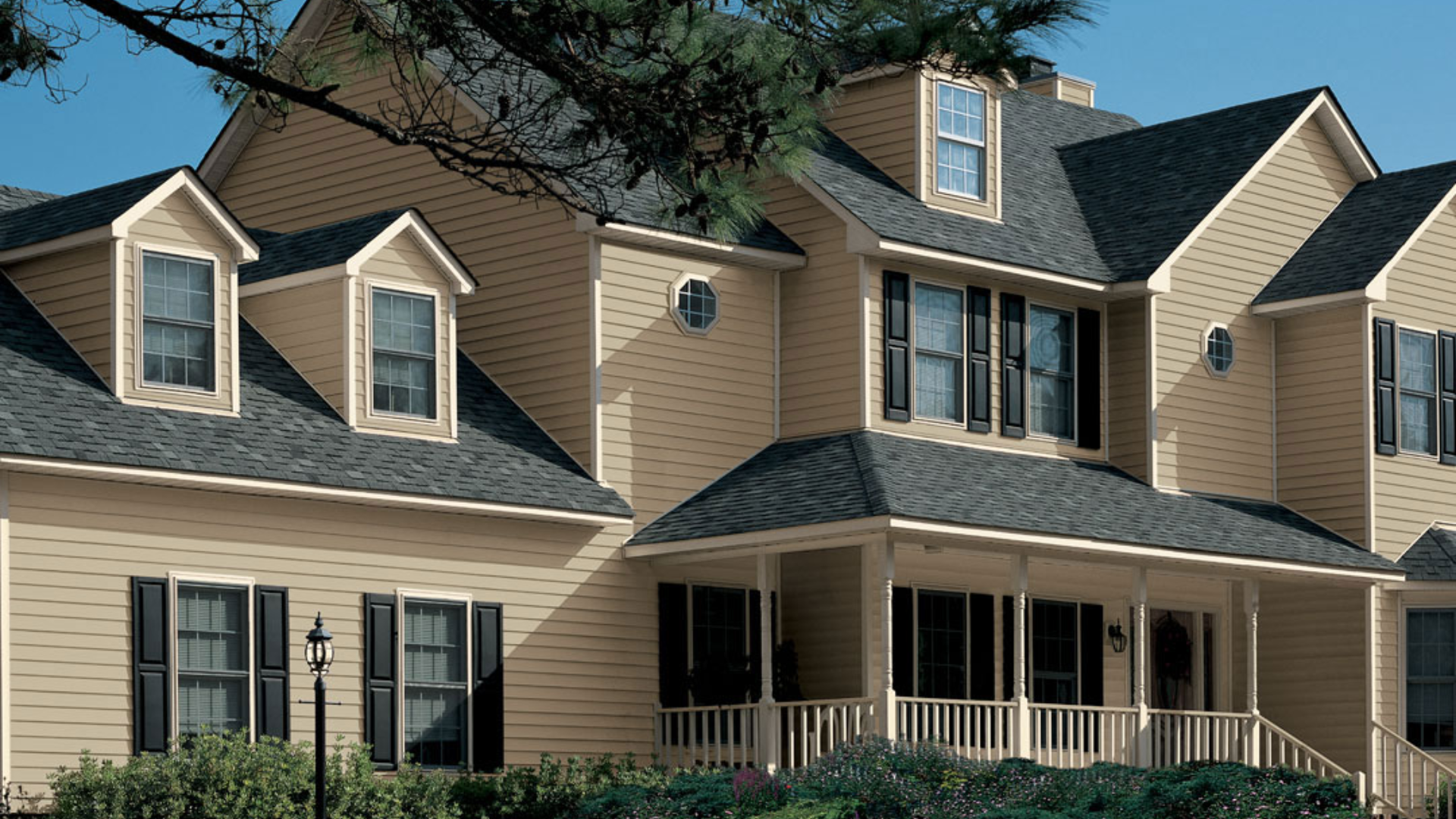
While Royal makes some quality options, their lower-cost lines like Journeymen Select have earned a poor reputation.
Common complaints include chalky residue on dark colors, siding that cracks or warps in harsh weather, and unhelpful customer support.
Before buying, carefully check which Royal line you’re considering; some are solid, but others are best avoided altogether.
Vinyl Siding Brands: Reviews and Rankings
I believe the best way to judge vinyl siding is by hearing from real homeowners and installers. I’ve pulled together average review scores to show which brands often struggle with fading, cracking, and warranty issues.
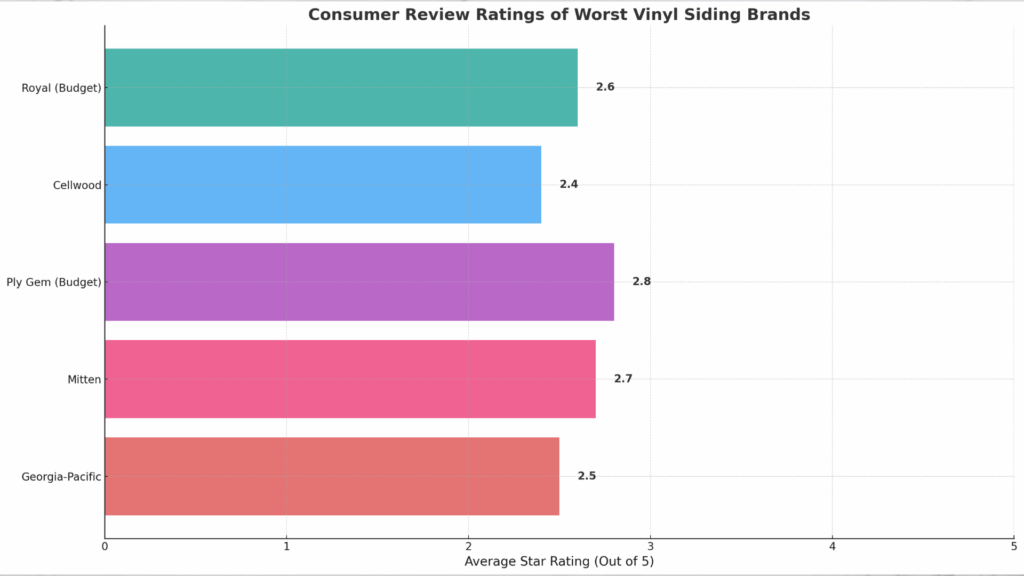
Warning Signs of a Bad Siding Brand
Choosing the wrong siding brand can lead to years of regret and unexpected costs. Thankfully, there are a few key warning signs that can help you spot low-quality options before it’s too late.
- Too Good to Be True Prices: Extremely low pricing usually signals cheap materials, thin panels, or poor manufacturing. If a quote seems way below the market average, it probably means quality has been compromised.
- Vague Warranty Terms: Watch out for warranties filled with loopholes. Short-term coverage on fading, cracking, or installation failure can indicate a brand doesn’t trust its own product to last.
- Negative Contractor Feedback: Local contractors see the real-life performance of siding every day. If multiple pros caution you against a brand, take their word seriously; they know what fails and what holds up.
- No Industry Certifications: Brands that lack VSI (Vinyl Siding Institute) certification or don’t meet ASTM standards may not have undergone proper testing for durability, impact resistance, and fade protection.
- Poor Online Reviews: Look beyond star ratings, read actual customer reviews. Repeated complaints about cracking, color fading, or customer service should be a major red flag.
- Limited Style and Color Options: A very narrow selection might signal a lower-tier brand not investing in quality finishes or long-term innovation. Reliable brands usually offer a wide range of choices with strong color technology.
What to Look for Instead: Vinyl Siding That Lasts
When investing in vinyl siding, it’s important to focus on long-term performance rather than just price.
High-quality siding typically includes UV protection with additives like Titanium Dioxide to help prevent fading and discoloration from prolonged sun exposure.
You’ll also want to pay close attention to panel thickness, look for siding that’s at least .044 inches thick for mid-grade quality and .050 inches or more for premium durability.
Strong locking systems are another must-have. A double nail hem combined with wind ratings of 130 mph or higher ensures the panels stay secure during storms and harsh weather.
Lastly, always check the warranty details. The best brands offer limited lifetime warranties that not only cover manufacturing defects but also guarantee protection against fading and cracking for at least 25 years.
These features signal a siding brand that’s built to protect your home and your investment for decades.
Recommended Vinyl Siding Brands to Trust
If you’re looking for dependable vinyl siding that holds up to the elements and looks great for years, these three brands are widely trusted by both contractors and homeowners.
CertainTeed

CertainTeed is a top choice for homeowners who prioritize durability and aesthetics.
With popular lines like Monogram and Cedar Impressions, the brand offers fade-resistant colors and impact-resistant materials that withstand harsh climates.
Homeowners love its strong, limited lifetime warranty and wide variety of styles and finishes. It’s ideal for long-term performance, especially if you want a custom look that lasts.
Mastic by Ply Gem (Premium Lines)

If you’re seeking a balance between cost and quality, Mastic’s premium siding lines deliver. Options like Structure Home Insulation System and Carvedwood44 offer added insulation, impressive impact resistance, and vibrant color retention.
Though Ply Gem’s budget lines may falter, their premium siding is a solid, budget-friendly upgrade for homeowners who want reliable performance without overspending.
Norandex Vinyl Siding

Norandex is a reliable brand, particularly for homes in areas with shifting weather patterns.
With lines like Great Barrier and Woodsman Select, Norandex offers thick, durable panels and reinforced locking systems that stay secure during strong winds and storms.
It’s a smart choice for anyone needing tough, low-maintenance siding that performs well in both hot summers and cold winters.
Tips to Avoid Regret When Choosing Vinyl Siding
Making the right siding choice isn’t just about picking a color – it’s about avoiding long-term frustration and extra costs. Use these practical tips to help you choose vinyl siding that will truly last and look great on your home.
- Get a Sample in Hand: Photos online can be misleading. Always request a physical sample to check the color, texture, and thickness before making a final decision.
- Check for Third-Party Certifications: Look for siding that’s certified by the Vinyl Siding Institute (VSI) or tested to meet ASTM standards. These certifications help ensure the product meets key durability and performance benchmarks.
- Ask for Contractor Input: Local siding installers know what works well in your specific climate. Talk to a few professionals and ask which brands they recommend (or avoid) based on their real-world experience.
- Research Long-Term Maintenance Needs: Some siding brands may require frequent cleaning or repairs. Choose a product that’s easy to maintain and won’t stain or attract mildew easily, especially in humid or shady areas.
- Avoid Brands Without a Track Record: Stick to companies with a proven history. New or lesser-known brands may not have solid quality control, and it can be harder to get support if something goes wrong later.
These added layers of research and input can save you from costly mistakes, and help ensure your siding looks great and lasts for years.
Conclusion
Choosing vinyl siding is one of the biggest decisions you’ll make for your home’s exterior, and I know how personal that decision can feel.
I’ve been through the stress of picking the wrong brand—the kind that looks good at first but quickly fades, cracks, or warps. It was frustrating, expensive, and honestly, a little disheartening.
Eventually, I found a siding brand that held up well, and that experience made me want to help others avoid the same mistakes.
That’s why I put together this list of the worst vinyl siding brands to steer clear of—based on real reviews and firsthand experience.
If you’ve made it this far, you’re clearly serious about making the right choice. I hope this post gave you the clarity and confidence you need to move forward. Trust me – doing a little research now will save you big headaches later.


